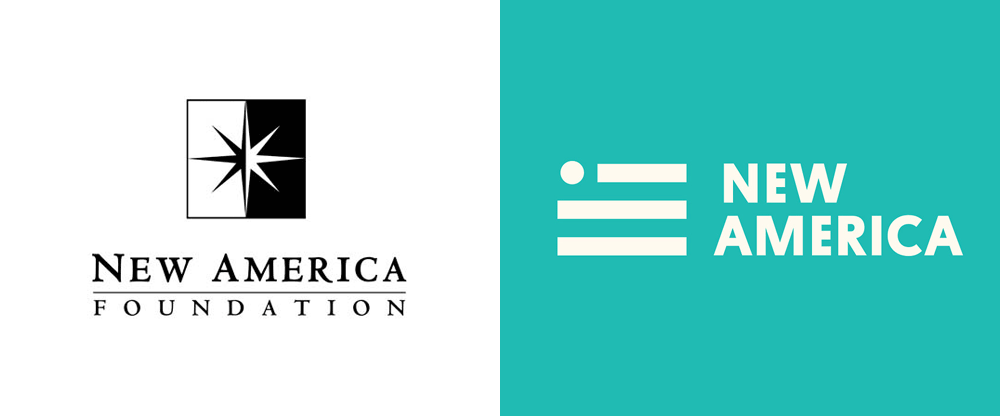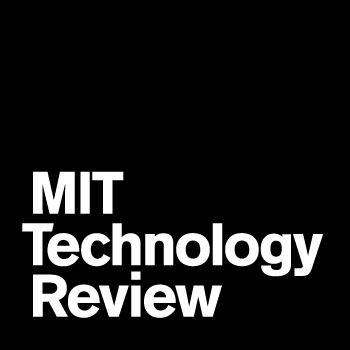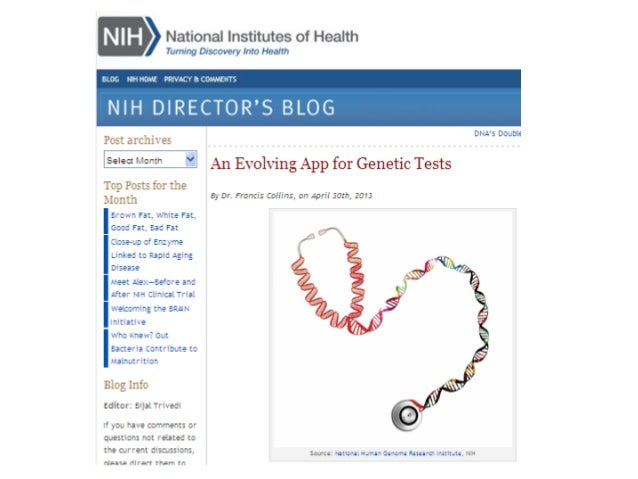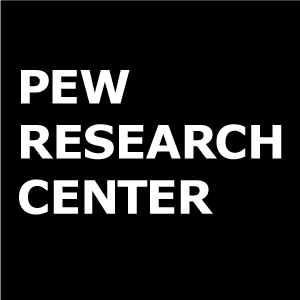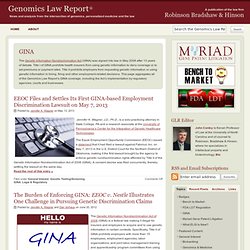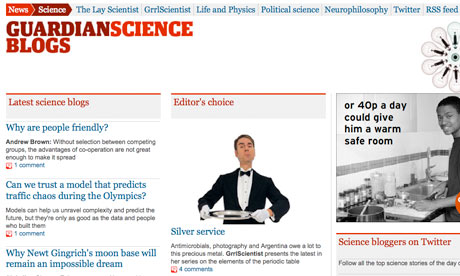Center for LSI Class Paper Morphs into Published Article
Years after obtaining a BS in Finance from ASU, and a JD from the University of Minnesota Law School, Michael Sneberger returned to ASU as a student in a Computer Science Masters program in the Ira A. Fulton College of Engineering School of Computing and Augmented Intelligence. With assistance from Professor Diana M. Bowman of ASU’s Sandra Day O’Connor College of Law and the School for the Future of Innovation in Society Mr. Sneberger was allowed to take Professor Gary E. Marchant and Guy A. Cardineau’s LAW 703 Law, Science, and Technology class at ASU Law in the Fall of 2020 as an elective.
Professors Marchant and Cardineau offer two alternatives to students in LAW 703: they can take a traditional final exam at the end of the semester; or they can write a 7,500-word paper on a topic mixing science and/or technology with law. Having recently started a position at an international banking conglomerate working in data privacy compliance, Mr. Sneberger chose the option of writing a paper about how various applicable laws lead to multiple data security standards applying to banks operating in California. After receiving significant input from Professor Marchant and successfully completing LAW 703, Mr. Sneberger shopped his paper to various law reviews. The paper was picked up by the Wolters Kluwer Global Privacy Law Review.
As the paper turned article was based on litigation filed under the private right of action provided by the California Consumer Privacy Act, and litigation activity continued to develop Mr. Sneberger updated the article with the goal of having current as of mid-2021. Then in June of 2021 the Supreme Court of the United States issued two decisions that effect the analysis set forth in the article. Ultimately, what was a class paper in LAW 703 turned into a 10,000-word article titled “Reconciling Competing Data Security Standards Applicable to Retail Banks Operating in California in light of Van Buren and TransUnion” published in October 2021.
The moral of the story is that student work – even for students not on a law review – can turn into published pieces, and that ASU Law’s Center for Law, Science and Innovation is having an impact on scholarship related to science and technology on all levels.
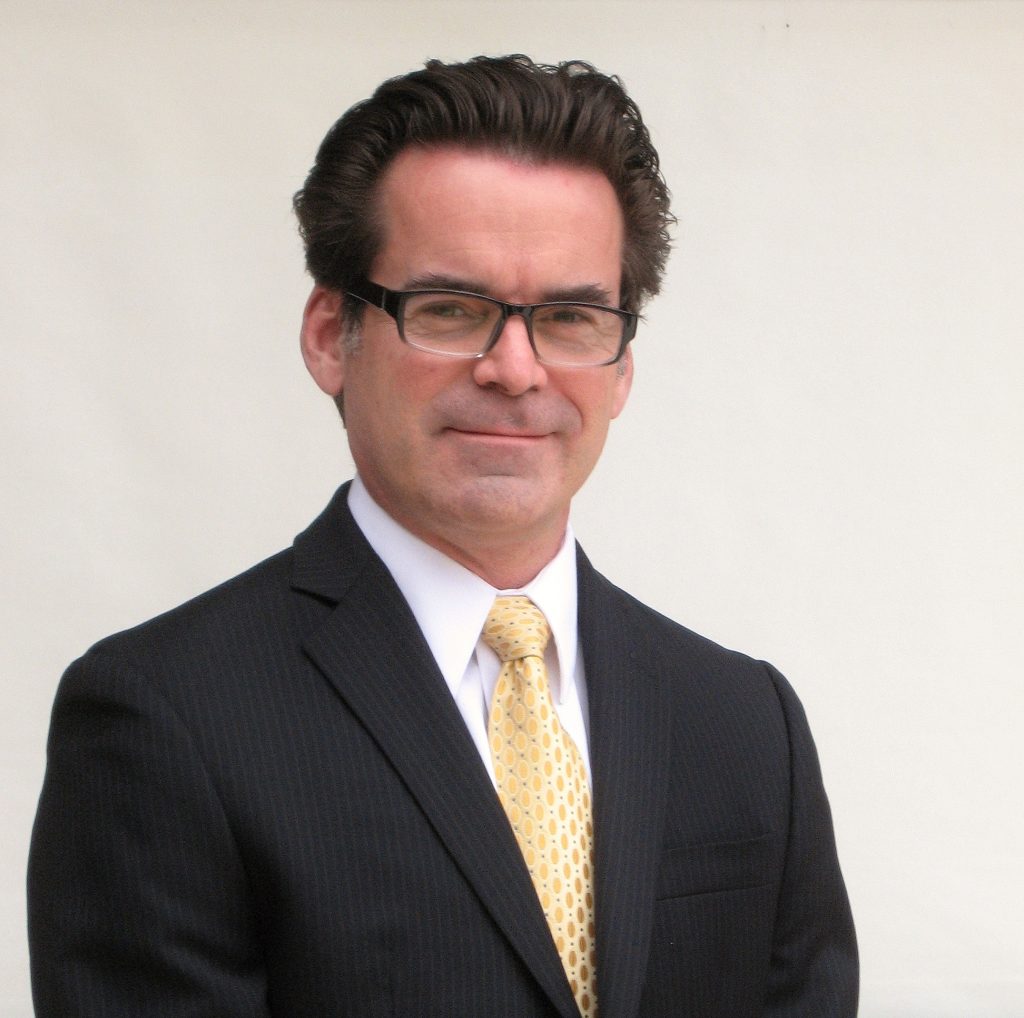
Read Michael Sneberger’s law review here.


